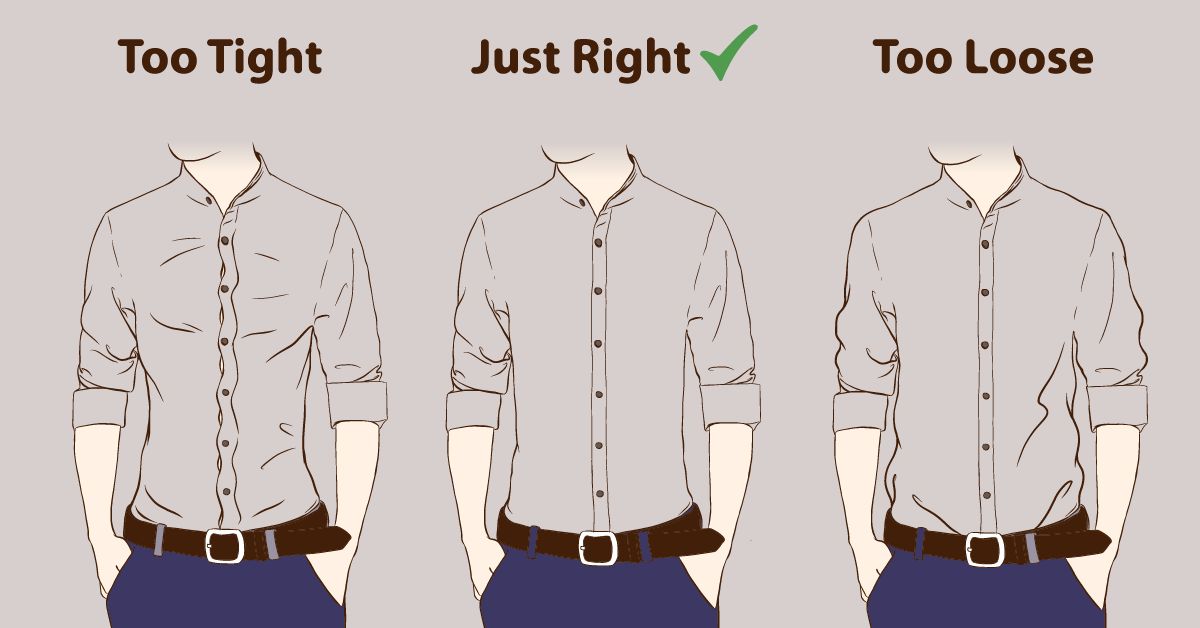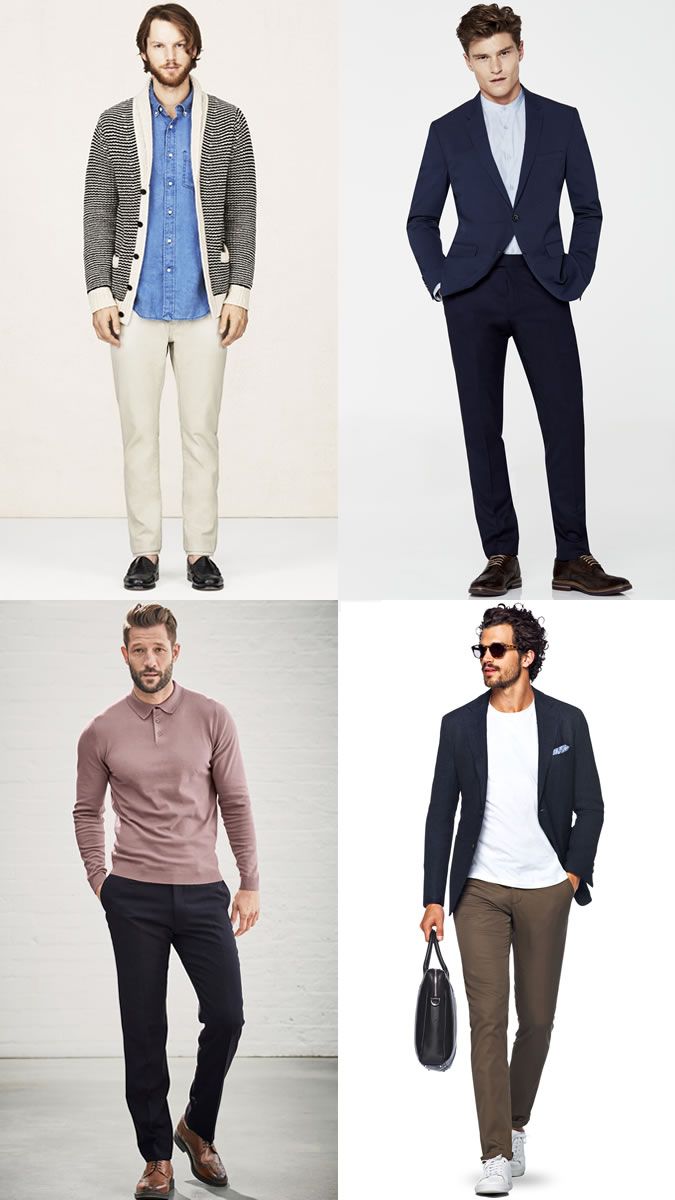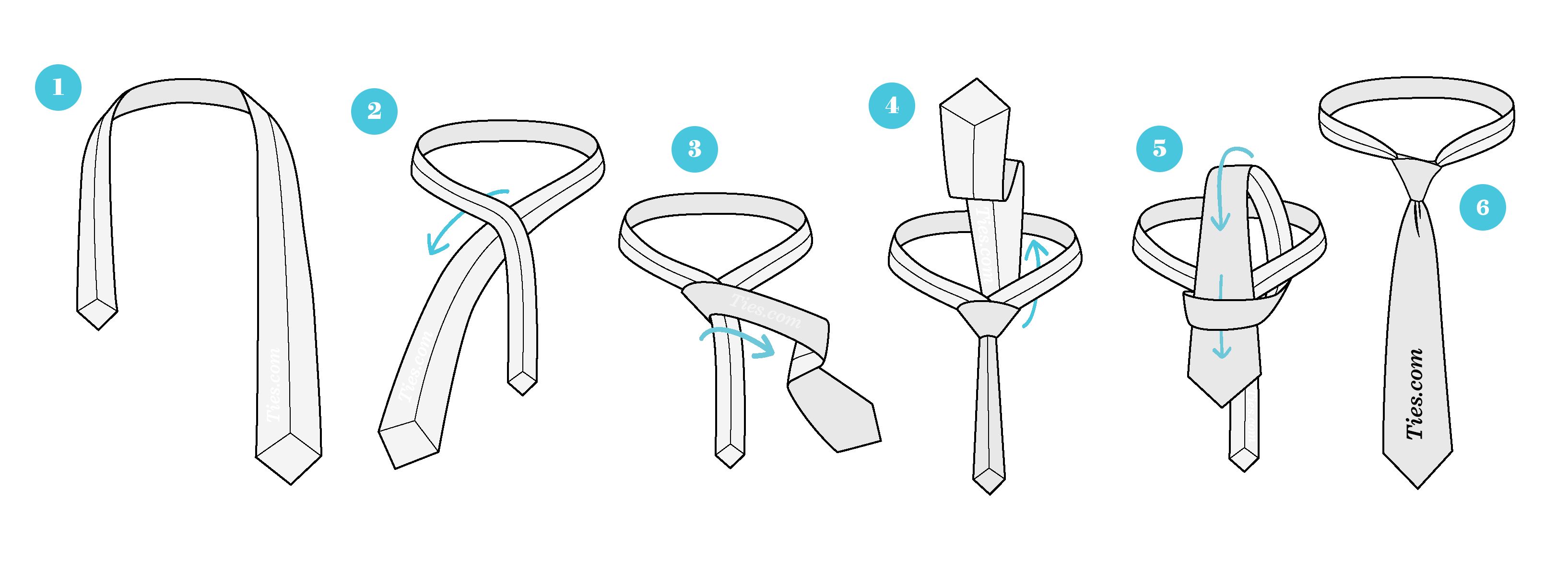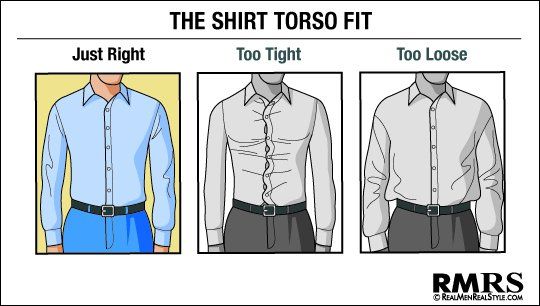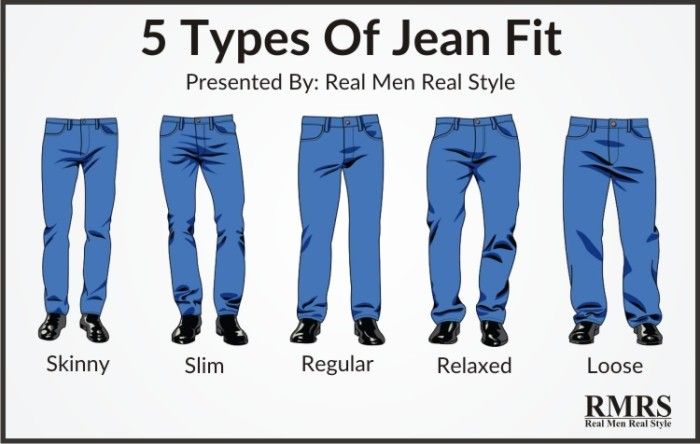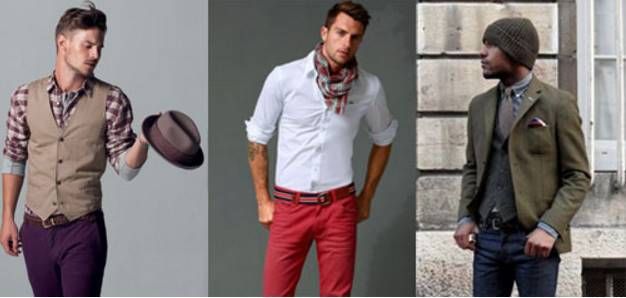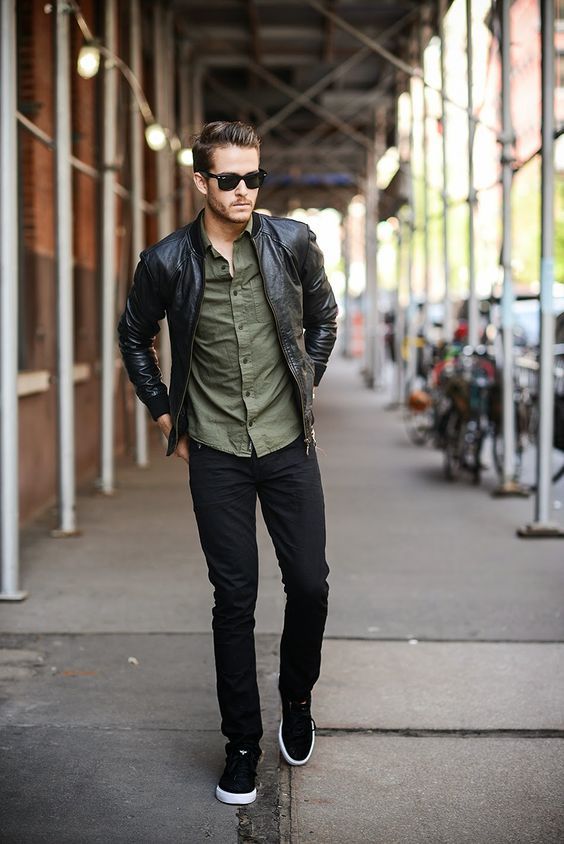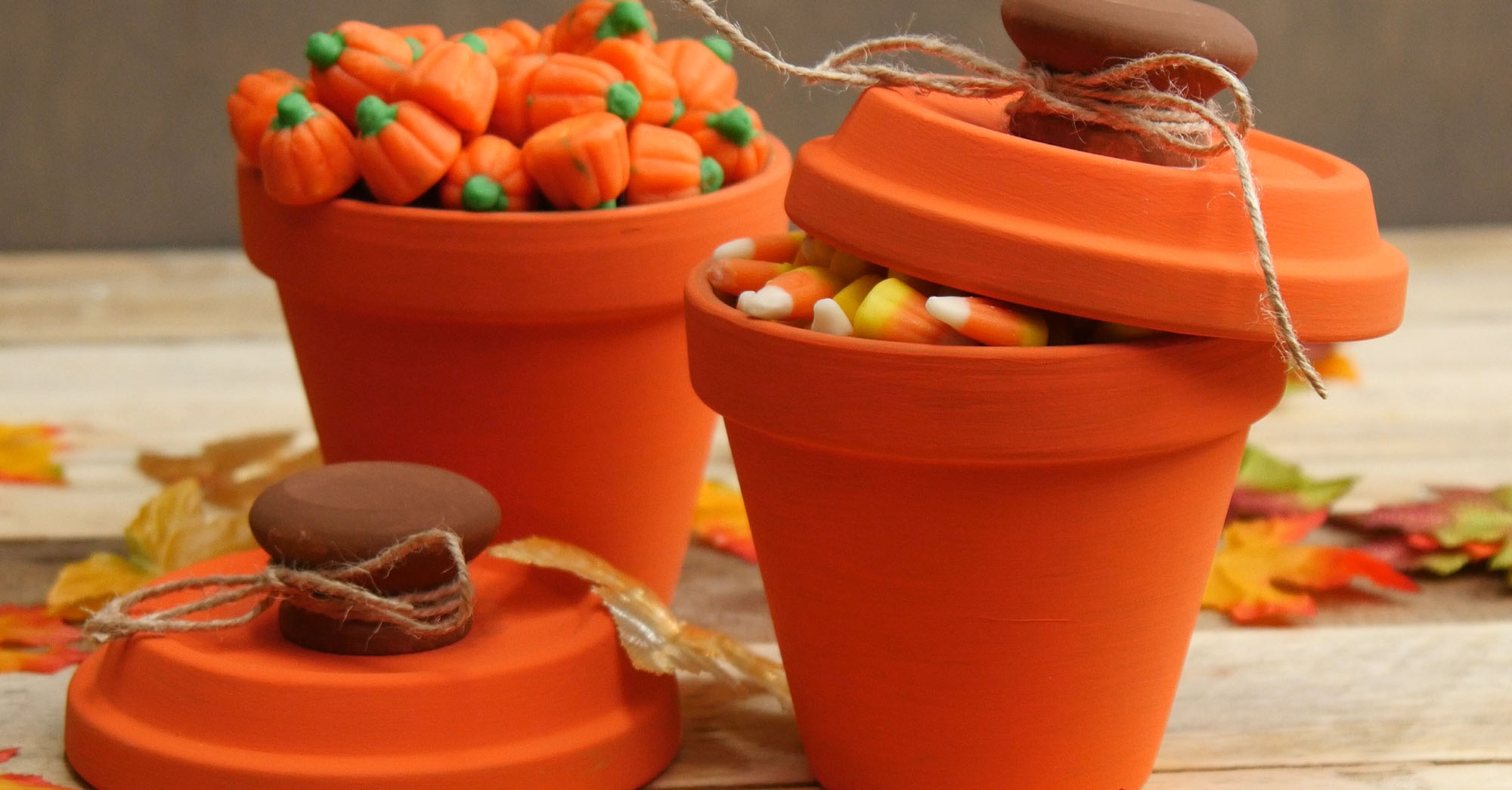As men, we don't often like to ask for help in our day-to-day lives, especially not when it comes to our appearance.
A man's image is his own, and should be cultivated through experience, likes, and via the environment that one lives in. However, we do not live in a static world, and looking our best can be tricky when the role we play changes as often as our clothes.
While you may have crafted your style over many years, truth is, many of us second guess some of the basics that we assume everyone knows.
So here it is, the guide for the fashionable modern man! Whether your days are spent at the office, on a job site, or you're headed out for a night on the town, these tips and tricks will keep you looking dapper no matter what your style!
1. How To Tie A Tie
First things first, the one tool every man should have in his arsenal; the tie. There are many knots that you can learn, and they're definitely easier than you would think.
However, every man should know how to tie a simple (oriental) knot.
[Note: the image is reversed so you can follow along.]
1. Begin with the tie hung over your neck facing upside down, with the wider side on the right and the smaller end on the left. Generally, you want the smaller end to reach an inch or so above your belly button.
2. Pull the wide end under the smaller end.
3. Then back over top of the smaller side.
4. Bring the wide end up underneath the collar loop, without twisting it.
5. Now pull the wide end through the knot you have formed at the center of the collar.
6. Tighten by pulling the wide end down, and the knot up.
The Proper Fitting Shirt
With great shirts come great responsibility. If you're going to invest in a nice button-up, or just want to make sure you're comfortable in your functional work outfit, then make sure these tips are up to code!
There are several areas to watch out for here. First, make sure your collar isn't too loose or too tight, too high or too low. Let it sit comfortably just above the collar bone.
Next, you'll notice the shoulder lining is different in each of the above pictures. Too small and the lining is on top, with the bottom of your shirt pulling above the waist. Too large and the linin droops down the biceps, and you get a "muffin-top" above the pants.
If the shoulder lining matches the curve of your arms, and the bottom tucks in your pants with room to move around, then you're set!
Picking Perfect Jeans
Jeans are fantastic because they can be worn almost anywhere, and a good pair will last you for years with minimal care.
While to the untrained eye, the above pictures may look the same, there are some nuanced differences between the different styles, and each are meant for certain body types.
For thinner men, stick to slim and regular jeans that fit to your form and still provide room to be comfortable in.
Athletic men who work out often are best suited for slim and regular as well, and should try out the relaxed fit as it accents the muscular build of your legs.
Larger men should be wearing regular, relaxed, and loose-fitting jeans, preferably with a high waist to flatten the midsection.
Skinny jeans are more of a fashion outlier, so save them for a particular outfit rather than overusing them in your daily wardrobe.
How To Match Colors
This may be the most difficult trail in any man's fashion decision-making. Sure, it's always safe to stick to the the neutral colors, but sometimes you want to try something different, even if it's just a new flavor of plaid.
The best way to go about this isn't to start throwing together colors randomly, but starting with a base and using accents to make the most out of flashier hues.
The basic neutrals include grays, browns, blues, and black. These can be mixed and matched to create a uniform or paired look without causing too much stress on the eyes.
Now, to begin adding colors, try adding something such as a faded green shirt underneath a dark, neutral jacket and pant combo.
A darker green scarf or watch-strap would collaborate really well here, to draw attention to the color theme with a conservative base layer.
The thing to watch out for is making sure these accents always match. It's a good rule, and as long as your base layers are of a comparable tone, you'll never worry about sticking out like a sore thumb!
